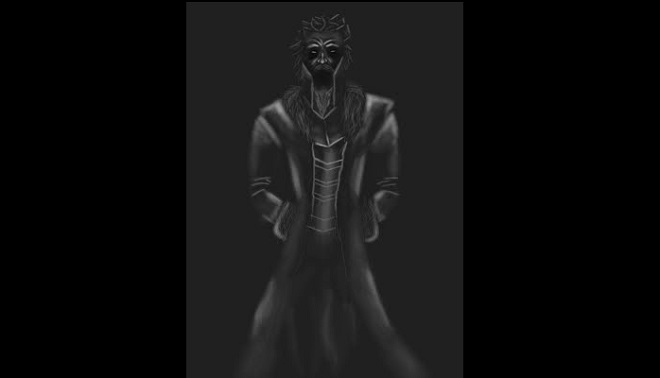
Cut marks on skeletons make it clear some indulged in cannibalism before perishing. What is known is that surviving crewmen eventually abandoned both vessels and headed south on foot across King William Island. However, for all its televisual sophistication, The Terror does not answer the key question: what really doomed the Franklin expedition? Many theories have been suggested: the crews were struck down by botulism they suffered lead poisoning from the poorly sealed tins of food or were badly led by Franklin, who let his ships sail on a route frequently blocked by ice even in summer.
#THE EREBUS SERIES#
The drama has been widely praised for its production and convincing depictions of the Arctic, which were recreated digitally using the same special effects that series producer Ridley Scott used in his film The Martian.ĭivers found plates next to a mess table on HMS Terror.

Much of the drama follows Simmons’s fictional conjecture that the division in the crews’ loyalties contributed to the eventual failure of the expedition, although supernatural elements also pepper the plot. Other key characters include the ambitious first officer of Erebus, James Fitzjames (Tobias Menzies), and Henry Goodsir, known as Harry, a kindly Scottish surgeon and naturalist (Paul Ready).

Crucially, the script also pays due attention to the culture of the local Inuit people, something that was often disregarded by Royal Navy adventurers who later tried to find Franklin and his men.įrancis Crozier who commanded HMS Terror, is played by Jared Harris (recently in Chernobyl) as the more cautious seaman who attempts – despite a debilitating alcohol dependency – to persuade Franklin (played by Ciarán Hinds) to abandon his mission as being too dangerous. With both vessels trapped in pack ice, this grim tale – based on Dan Simmons’s bestselling 2007 novel – charts not just a journey across the icy Arctic wastes but also traces the conflicts that flared between those in charge. HMS Erebus in the Ice, 1846, by the Belgian marine artist François Etienne Musin. However, the screening of The Terror on BBC Two this month has regalvanised interest across Britain and taken viewers on board the two ill-fated ships to see what life would have been like for the crew who had to endure temperatures of minus 50C throughout several Arctic winters.

As Andrew Lambert says in his biography, Franklin, Tragic Hero of Polar Navigation : “At the heart of every story about the Arctic stands John Franklin.”Ĭharles Dickens, Wilkie Collins, Jules Verne and Mark Twain all wrote about the expedition. So what befell the ships?įrom their first disappearance the mystery of the Erebus and the Terror has gripped the public’s imagination. It was one of the best-equipped marine expeditions of its day. His ships were fitted with steam-driven propellers to help them manoeuvre in pack ice and their holds were filled with a three-year supply of tinned provisions. Over the past few years they have already recovered hundreds of artefacts – from shoes and ceramic dishes to a ship’s bell and a lieutenant’s epaulette – from the wrecks of the two ships after they sank in the Canadian Arctic.īut last year marine archaeologists had to abandon dives to the wrecks because of the Covid pandemic and they are unsure if they will be able return to the ships this summer when the sea ice retreats sufficiently to allow access to the wrecks near King William Island.įranklin set off from Greenhithe in Kent in 1845 to find the Northwest Passage, a polar route to the Far East.


 0 kommentar(er)
0 kommentar(er)
